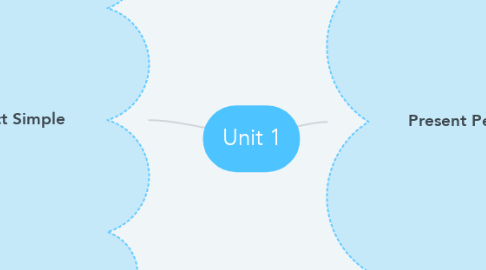
1. Present Perfect Simple
1.1. uses
1.1.1. The present perfect tense is used to describe something that happened in the past, but the exact time it happened is not important. It has a relationship with the present.
1.2. positive
1.2.1. structure
1.2.1.1. subject + have/has + past participle
1.2.2. example
1.2.2.1. 1.-She has lived here all her life
1.2.2.2. 2.- He has finished his homework.
1.2.2.3. 3.- I have lost my purse.
1.3. negative
1.3.1. structure
1.3.1.1. subject + have not(haven't)/ has not(hasn't) + past participle
1.3.2. example
1.3.2.1. 1.-He hasn't broken his leg.
1.3.2.2. 2.-We haven't seen her today.
1.3.2.3. 3.-We haven't seen this movie already.
2. Present Perfect Continuous
2.1. uses
2.1.1. The present perfect continuous tense (also known as the present perfect progressive tense) shows that something started in the past and is continuing at the present time
2.2. positive
2.2.1. structure
2.2.1.1. subject + have/has + been + V-ing
2.2.2. exampe
2.2.2.1. 1.-He has been reading the book for two hours.
2.2.2.2. 2.-They have been playing football for an hour.
2.2.2.3. 3.-She has been finding the dress since morning.
2.3. negative
2.3.1. structure
2.3.1.1. subject + have not(haven't)/ has not(hasn't) + been + V-ing
2.3.2. example
2.3.2.1. 1.-He hasn't been studying in the library for three hours.
2.3.2.2. 2.-We haven't been shopping at this fair for two hours.
2.3.2.3. 3.-We haven't been watching a movie in this Cineplex for two hours.
